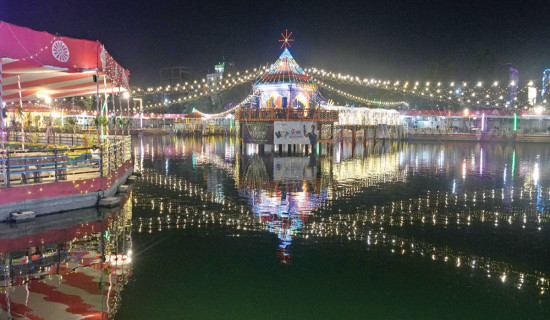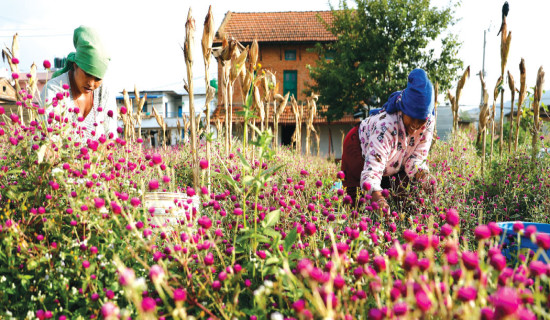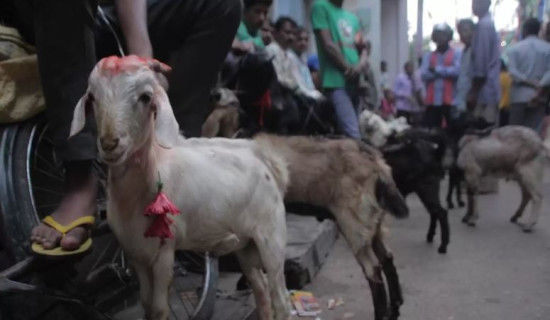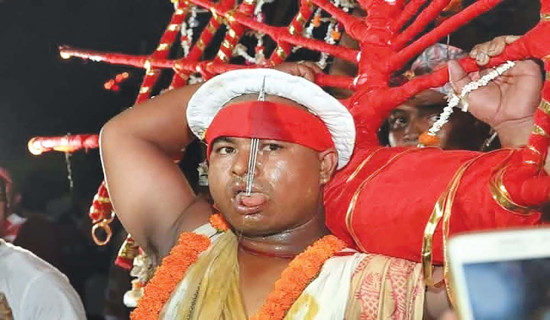- Monday, 5 January 2026
Masked dance makes Nil Barahi lively
Kathmandu, Aug. 13: The historic Malla era Nil Barahi Dyo Pyakha, a 500-year-old sacred masked dance honouring Goddess Nil Barahi of Bode, began on Monday.
Starting on the day of Janai Purnima, the festival of Gunhi Punhi begins in the Newar tradition. On this occasion, various cultural dances such as the Nil Barahi dance, Mahakali dance, and Bhailes Pyakhan are performed in Madhyapur Thimi, celebrated throughout the night under the open sky.
There are four Barahis — Shwet Barahi, Nil Barahi, Dhumra Barahi, and Bajra Barahi. Among these, Nil Barahi is located in the northeast of Madhyapur. It is believed that this dance originated under the guidance and divine presence of Goddess Nil Barahi herself.
The masked dance is performed for three days and four nights, from Bhadra Krishna Dwitiya to Panchami. This year, it commenced on August 11 and will continue until August 14. The tradition is believed to have been started by King Subarna Malla around 1511 AD (Nepal Sambat 631), and was initially performed by members of the Tha Shrestha community of Bode. Today, it is performed by the Aduwa Shrestha of Lachhi Tole.
The performers of this tantric dance are called Devgans (Deities). There are 19 Devgans associated with the — one as Bhairav, four as Nil Barahi, four as Kumari, four as Ganesh, four as Singh, and two as Dwarpal. However, nine of these 19 Devgans are now in their late 70s, continuing to perform in old age because the younger generation is not showing interest in the ritual art. The current Devgans have been performing this dance since 1958 (2015 BS). Most are now aged over 70 or even 80 years.
Prem Chandra Aduwa Shrestha, the main Nil Barahi dancer, has been upholding this centuries-old tradition at the age of 74, performing it for a record 67th time this year. “On the first day of this year’s Nil Barahi dance, I danced for 13 hours — starting at 11pm on Monday and concluding at noon on Tuesday,” Shrestha said. He added, “I began performing as a Devgan at the age of seven and have continued it ever since.”
The dance begins and ends at Akha, a sacred site in Lachhi near the Bode Narayan Temple. The dancers circumambulate several religious shrines in Lachhi Tole, Bishnughat Tole, Bhagu Tole, Khasi Tole, and the Layaku area. The deities, adorned in their own attire and ornaments, enter Akha barefoot. After sprinkling water on their faces, they observe a vow of silence. With the rhythmic beat of the music, they gradually emerge from the sacred space, and the festival begins.
Around 70–80 people participate, including the 19 deities, musicians, players, sukunda carriers, and other supporting members. Local residents and relatives offer worship and prasad to the dancers, which all members of the group accept with joy.
The continuity of this dance rests entirely on the dedication of the Devgans. There are strict rules for the performers — restrictions on food and drink, posture, conversation, and they must dance barefoot even in the rain. Their movements must match the beat of the music, and some dances can last up to 15 hours.
“These hardships are part of the reason why the younger generation is not taking up the tradition,” Shrestha said. He also cited the lack of financial support as a deterrent. “Each dancer contributes between Rs. 50,000 and Rs. 60,000 from their own pockets to conduct the dance,” he said.
Ramesh Thapa, Chairman of Ward No. 8, stated that Madhyapur Thimi Municipality provided Rs. 200,000 to perform the dance.
The Nil Barahi Dance Guthi continues the tradition with great difficulty and is unable to offer monetary compensation to the dancers. Yet, dances like these are vital in preserving the cultural identity of Bode and in making Madhyapur Thimi a living museum.


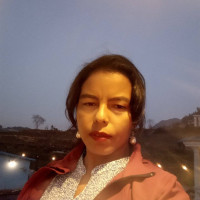

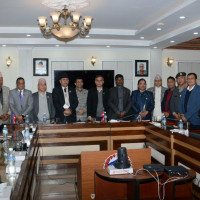
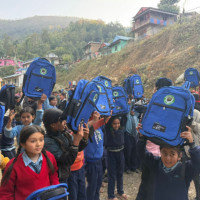
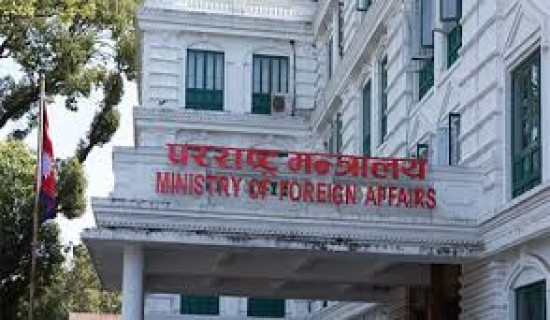

-square-thumb.jpg)


